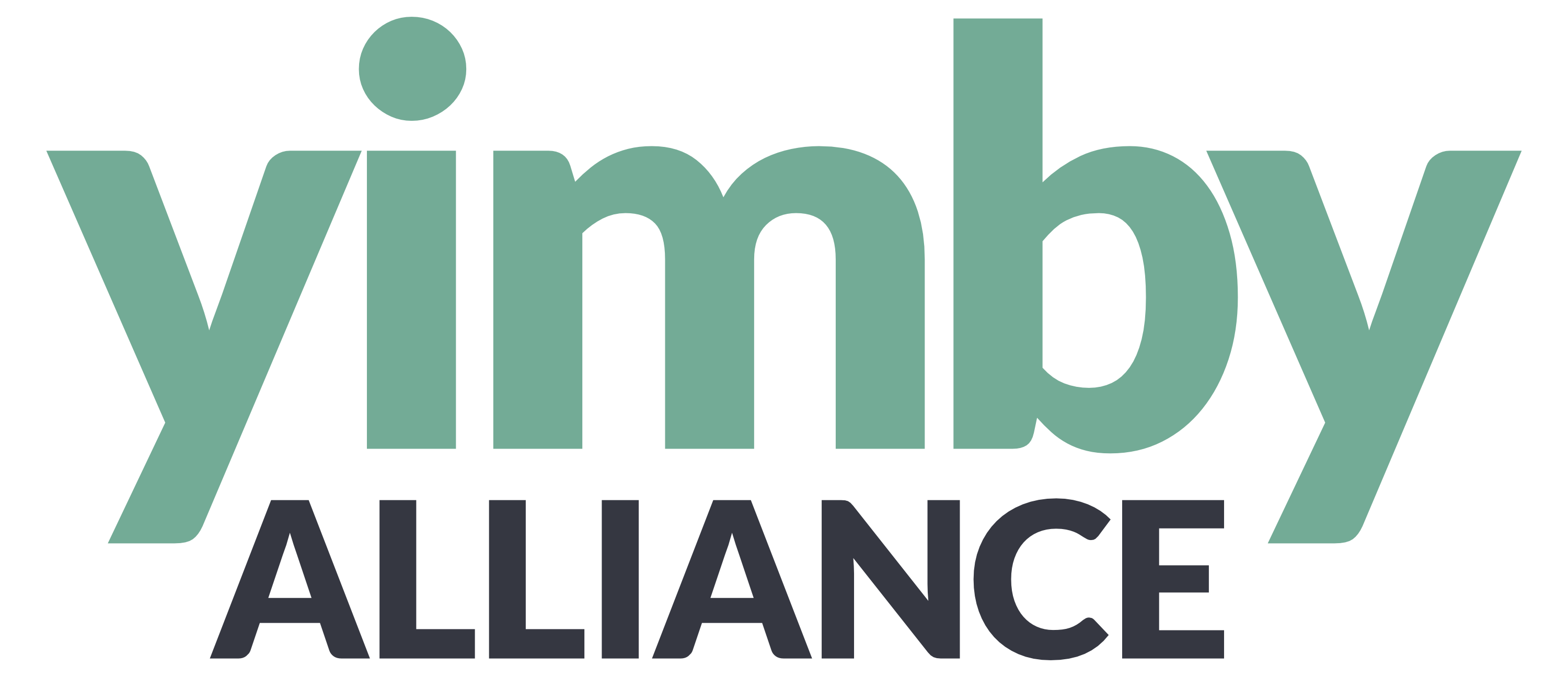Social homes are a crucial component of the UK’s housing mix. They are a vital tool in addressing the housing crisis and ensuring everyone can have a safe place to live. There are over 1.2 million people on local authority housing waiting lists, and many more who never even apply despite being in desperate need. The new Government has committed to a council house revolution. But the planning woes that private development knows all too well apply just as much to housing associations or councils trying to build council homes. Here are four examples where our restrictive planning system has stymied the delivery of much needed social homes:
Tower Hamlets: blocking estate renewal and new council homes
Link
Estate renewal is one of the best and most viable ways to deliver new and improved council homes, especially in London. Residents in Aberfeldy voted by a whopping 93% to build new homes on their estate. That’s why the refusal of the Aberfeldy renewal by Tower Hamlets strategic planning committee in January was so disappointing. Hundreds of people had their chance at a new home blocked. This was later overturned by the Mayor, but at huge cost in time and money to residents and social landlords.
Wandsworth: height restrictions reducing affordable housing
Link
Reducing the height of buildings means fewer homes. In London, developers generally have to offer at least 35% of their new homes at affordable rents, often handing them over to social housing providers. This proposal had 50% of the homes to be rented as council homes. However, councillors reduced the number of floors, meaning fewer homes for social rent in a borough with long housing waiting lists.
Regulatory uncertainty: second staircase rules delay council homes
Link | (Building regulation rather than planning)
Clarion had to halt work last year on tall buildings across the country because of uncertain second staircase rules, but this also affected councils and housing associations like Peabody. Uncertainty leads to delays, which leaves people in temporary accommodation for longer. The new rules meant that many housing associations had to redesign plans and reduce the number of new homes delivered.
Regulatory inflation: Scottish council homes at £500k each
Link
Council-led restrictions had pushed up the cost to build just fifteen council homes in East Dunbartonshire to over £8 million. Finding ways to lower costs to councils through better regulation and quicker planning is key to seeing more social homes delivered.
YIMBYs should be proud of the British tradition of building homes for everyone. The massive expansion of social housing after the Second World War might have been impossible if the local authorities and social landlords had been constrained by today’s planning policies. That’s why YIMBY Alliance argues for planning reforms that will benefit building homes of all types, especially where they are most desperately needed.


Recent Comments